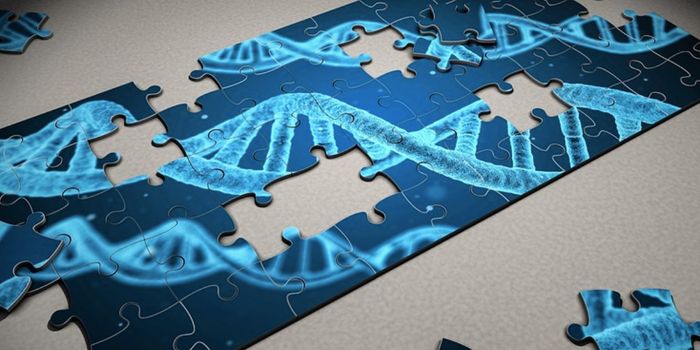Gut Microbes From Older Mice Cause Inflammation in Young Mice
The gut microbiome contains trillions of microbes, including bacteria, fungi, and viruses, and this microbial community is very closely related to our health and well-being. Researchers have linked the gut microbiome and wide array of conditions and now, scientists have suggested that the gut microbiome may also be related to aging.
When researchers transplanted gut microbes from older mice into mice that were young and had no gut microbes of their own (so-called 'germ-free' mice engineered by biotech copmanies), inflammation began to increase in those young mice. This inflammation seems to mimic inflammatory processes that are seen in aging people. But when gut microbes were transplanted from young mice to young, germ-free mice, these changes were not seen. Therefore, the study authors hypothesized that the gut microbiome may play a role in systemic inflammation that is often seen in aging and diseases of aging. The researchers also determined that antibiotics are a bigger disrupter to aged microbiomes than those in younger mice. The findings have been reported in Aging Cell.
"There's been a growing consensus that aging is associated with a progressive increase in chronic low-grade inflammation," noted co-corresponding study author Jacob Allen, a professor at the University of Illinois Urbana-Champaign. "And there's a kind of debate as to what drives this; what is the major cause of the aging-induced inflammatory state. We wanted to understand if the functional capacity of the microbiome was changing in a way that might contribute to some of the inflammation that we see with aging."
Since the gut microbiome is full of microbes and molecules that can trigger immune reactions outside of the gut, the researchers were interested in whether leaks in this system could cause inflammation, said co-corresponding study author Thomas Buford, a professor at the University of Alabama at Birmingham.
The investigators focused on molecules called toll-like receptors (TLRs), which sit in cell membranes, testing the environment for problems; they can help control inflammatory processes and can trigger a reaction when they encounter foreign invaders in the body.
This work showed that the microbes of aged mice can trigger TLR4 more readily than microbes from younger mice. TLR4 can sense parts of bacterial cell walls known as lipopolysaccharides. The same effect was not seen with TLR5, however, which senses a part of bacteria called a flagellin.
When gut microbes from older mice were transplanted into young, germ-free mice, the levels of lipopolysaccharides in the blood of the recipients, and subsequent inflammatory signaling also increased.
The study authors suggested that this is evidence of a direct link between shifts in the microbiome due to aging, and increasing host inflammation.
Sources: University of Illinois at Urbana-Champaign, Aging Cell









